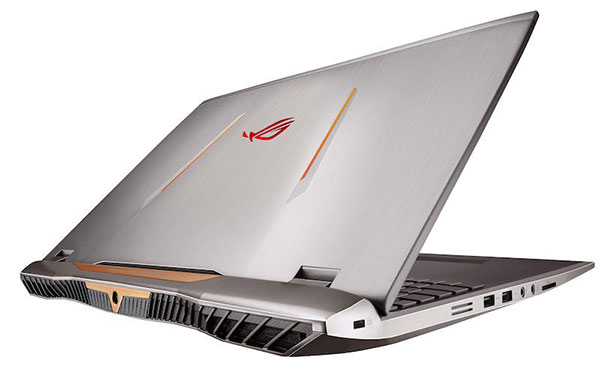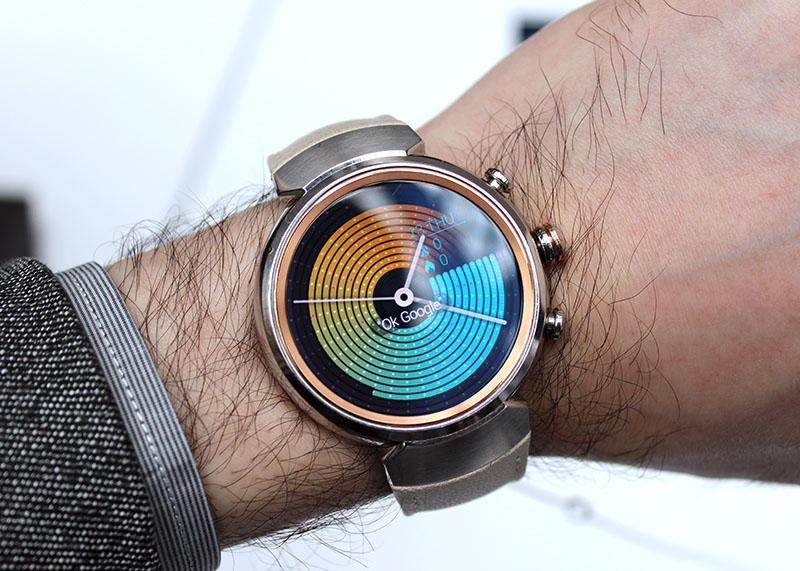ASUS has a new ROG G701VI gaming laptop with a 120Hz G-Sync display
ASUS has announced the ROG G701VI. It is a new 17.3-inch gaming laptop that is ready to power the Oculus Rift and HTC Vive, which is armed to the teeth with the necessary hardware to brush aside any qualms you may have about performance, featuring an overclockable CPU, a 120Hz G-Sync display, and an NVIDIA GeForce GTX 1080.
The combination of the GeForce GTX 1080 and 120Hz G-Sync display should ensure a smooth, tear-free gaming experience more commonly reserved for desktop rigs paired with high refresh rate G-Sync monitors. Besides, the 1,920 x 1,080-pixel resolution of the panel virtually ensures that you’ll be able to run any game out there with all the details turned up.
NVIDIA has finally brought its mobile GPUs up to parity that is within 10 per cent at any rate – with their desktop counterparts, going so far as to ditch the -M suffix in the naming scheme to signify the level playing field.
There are two different configurations of the notebook and they share the same overclockable Intel Core i7-6820HK processor and GeForce GTX 1080 card. Instead, the difference lies in the memory and storage specifications, with one model offering 32GB of RAM and a 512GB PCIe SSD and the other boasting up to 64GB of RAM and dual 512GB PCIe SSDs in RAID 0.

The best part is that it is all crammed into a chassis that is just 32.5mm thick, a decent bit thinner than the ROG G752.
ASUS has also made it possible to opt for a triple-display setup with what it calls Trinity Display Technology that lets you use the HDMI 2.0, USB 3.1 Type-C, and mini-DisplayPort connectors to output to multiple displays.
There’s a second USB 3.1 Type-C port that supports Thunderbolt 3 as well, so you can theoretically daisy-chain up to two 4K 60Hz displays.
To cap things off, it comes with a built-in ESS Sabre ES9018K2M Hi-Fi DAC, the same as that found on ASUS’ Maximus VIII Extreme/Assembly board.
The ROG G701VI starts at a pricey US$3,099, but this can go up to US$3,699 for the model with SSDs in RAID 0.










